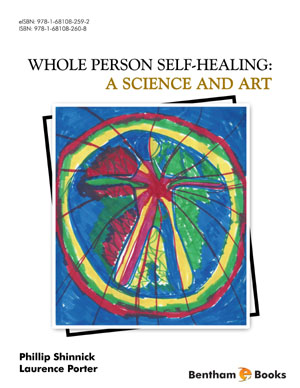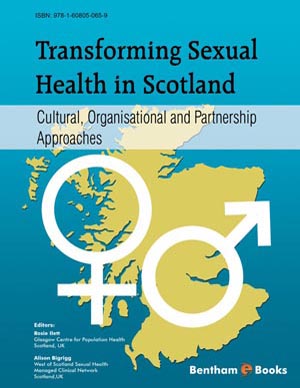Abstract
Medical database is among the most crucial databases in terms of their
applicability to human life. Many researchers are in search of knowledge that is
abstracted within the data. Data mining is popular in today's world as it gives access to
knowledge that is otherwise unavailable. The concealed knowledge which is offered as
a result of it can help the individual to make better decisions. Data mining tools in
health have great potential. These solutions may be divided into four categories:
therapeutic efficacy assessment, patient care, customer service, and embezzlement
monitoring. The authors discovered that giving decision assistance in the medical
sector with an emphasis on electronic health records (EHRs) can save lives. Though
offering decision assistance in EHRs using data mining is valuable, it needs
consistency. As a result, the authors intend to use data mining methods on standardised
EHRs to create a decision support system. This paper presents the state-of-the-art data
mining approaches and their application in the healthcare sector. It provides an
integrated summary and a comparison detail of the existing literature. This chapter
surveys several issues that need to be handled before employing data mining on EHRs
and further proposes a solution for dealing with these problems. The problems such as
multiple origins, multiple formats, missing data, distinguished users, data granularity,
flexibility, and sparseness need immediate attention from researchers. Resolving these
problems is important to build an efficient standardized EHRs database.
Keywords: Data Mining, EAV Model, Health Data, Standardized EHRs, Sparseness.












